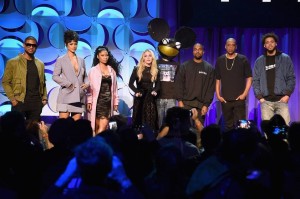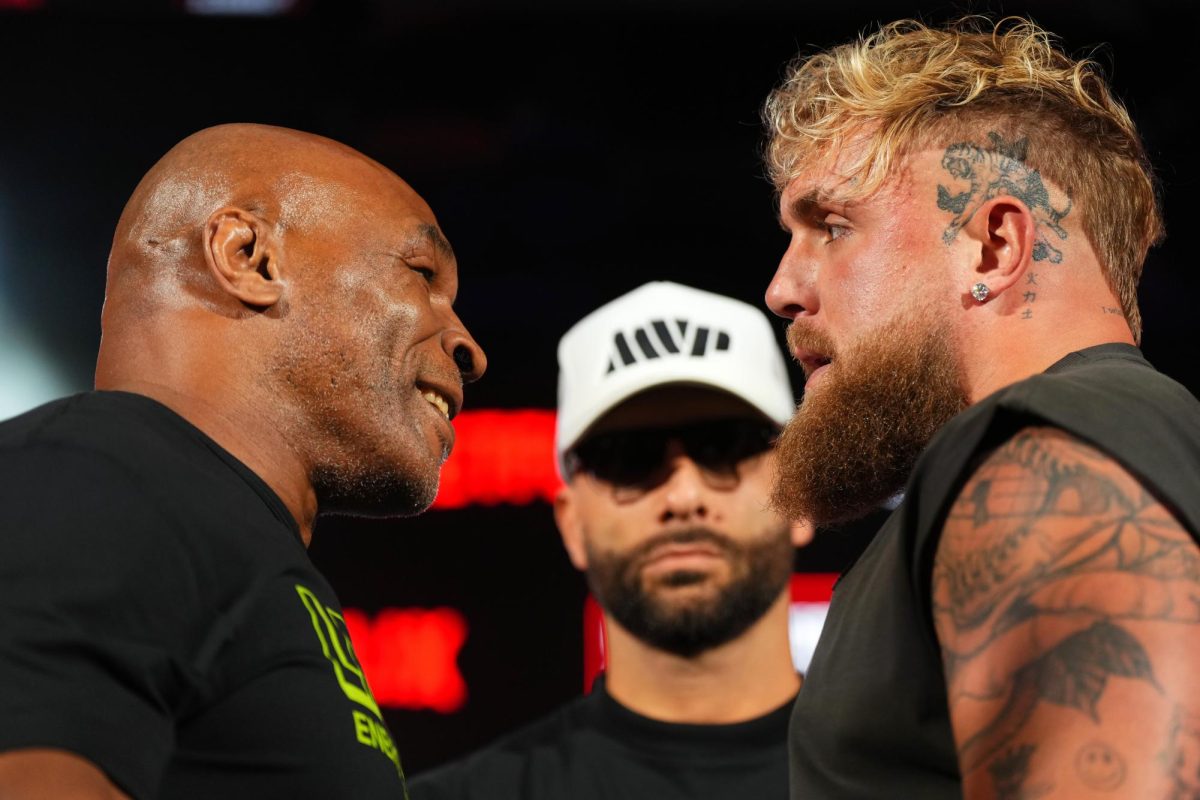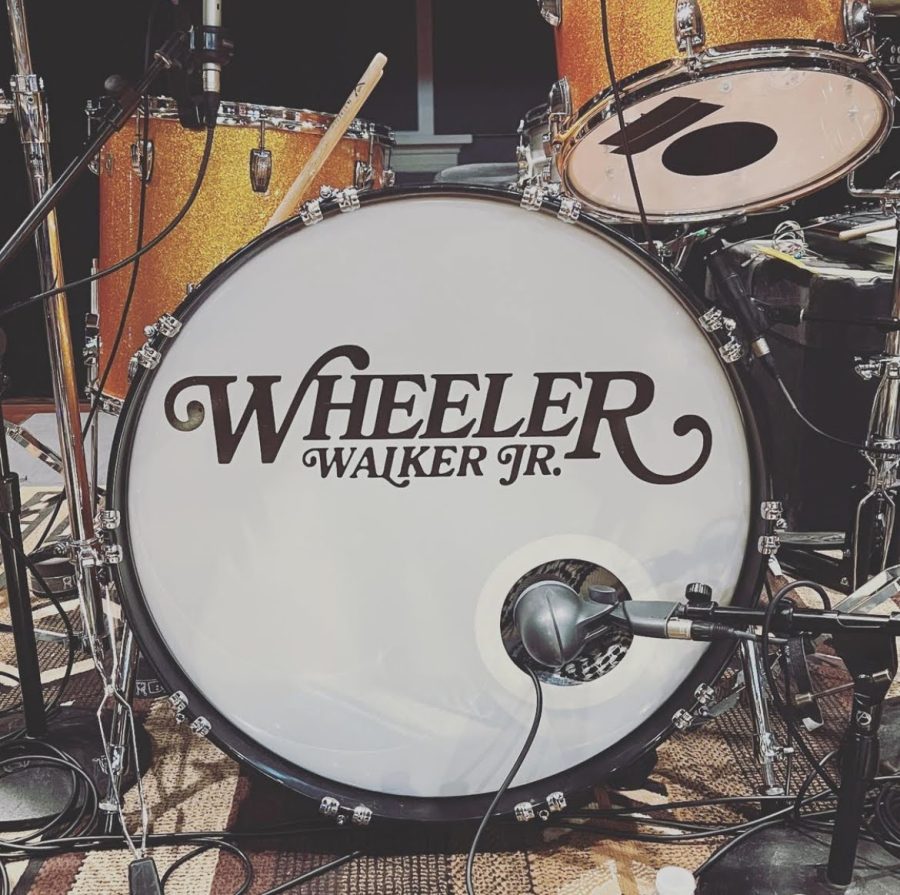There has been a lot of recent controversy in the music business over the rights of artists and songwriters, mainly concerning compensation for work. This debate came about as a result of the spark in new ways to listen to music. Online streaming services that allow users to listen to unlimited amounts of music without actually paying for the song have become the most popular means of listening to music.

The top dogs in this new technology are streaming services like Spotify and Pandora. Other up and coming names are Beats Music, Viggle and a few others. These services allow listeners to play any song that is on their catalog as many times as they want, for free. However, listeners can pay a monthly premium to be able to access other features (like remove ads or use on mobile devices).
There has been a huge debate and controversy because artists are losing sales due to these streaming services and aren’t receiving the right payment for their work. The most drastic action was in 2014 when Taylor Swift pulled her entire catalog from Spotify right before the release of her latest album, 1989. She ended up selling over 1 million copies in the first week. This brought the whole conversation to light and has now been the main concern of the future of the music business. Last week, it was revealed that a new streaming service would be introduced, but on a different platform than Spotify, called Tidal.
You’re probably wondering why introducing a new streaming service in the middle of this controversy would be a good idea. So what does Tidal have going for it and why is it important? People love celebrities, and that’s exactly what Tidal has behind it. Pioneered by rapper and business mogul Jay-Z, Tidal is a streaming service that allows users to listen at standard definition for $9.99 a month or at high definition for $19.99 a month. There are a lot of pros and cons to Tidal and, after reading them, I’ll let you make your decision to support it or not.
Pros: Tidal is backed by some of the biggest names in the music business from every genre, including, Kanye West, Beyoncé, Madonna, Calvin Harris, Rihanna, Jack White, Coldplay, Daft Punk, deadmau5 and Nicki Minaj. This shows that Tidal is no joke. Real artists support the cause enough to put their name on it. Tidal also includes over 75,000 high definition music videos, a feature that isn’t offered by Spotify. Tidal is able to offer exclusive content that Spotify and Pandora can’t because of the artists and labels directly in support of the service. It offers exclusive footage of Alicia Keys’s recent tour, the first television appearance by The White Stripes, as well as exclusive tracks and playlists by top artists. Tidal also claims that it will properly compensate its artists, but won’t divulge how. These are some things that make Tidal different than a typical streaming service.
Cons: Unfortunately there are a lot of these. Most notably, Tidal requires a monthly payment of $19.99 for high fidelity digital audio. Contrary to Spotify, Tidal does not offer a free, ad-supported version of the service, so after 30 days users must pay the premium to access Tidal services. Another down side to Tidal is that the catalog is smaller and not as broad as Spotify, who hosts over 30 million songs from every genre. Spotify has 15 million paid subscribers out of 60 million global users. Tidal only has 17,000 paid users.
Duy Linh Tu, director of the digital media program at Columbia University says, “It’s Coke versus Pepsi; hardly anyone will notice the difference.” Also, commenting on the claim of high fidelity digital audio, he says, “Biologically, it’s millennials who will get the most out of it, but economically, baby boomers are the ones who can afford it.”
Tidal is still a baby, and it’s hard to predict how the market will be affected by the introduction of this new service. With Spotify controlling the music streaming industry, it will be a hard task to break in and take over with a service that is very similar, even if you are Jay-Z.











